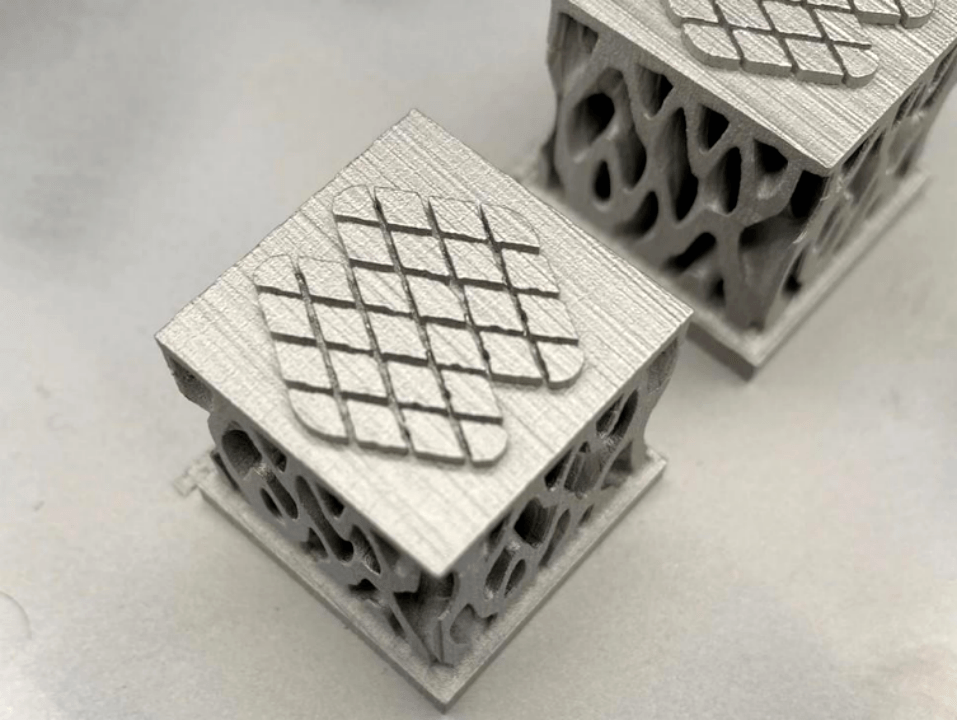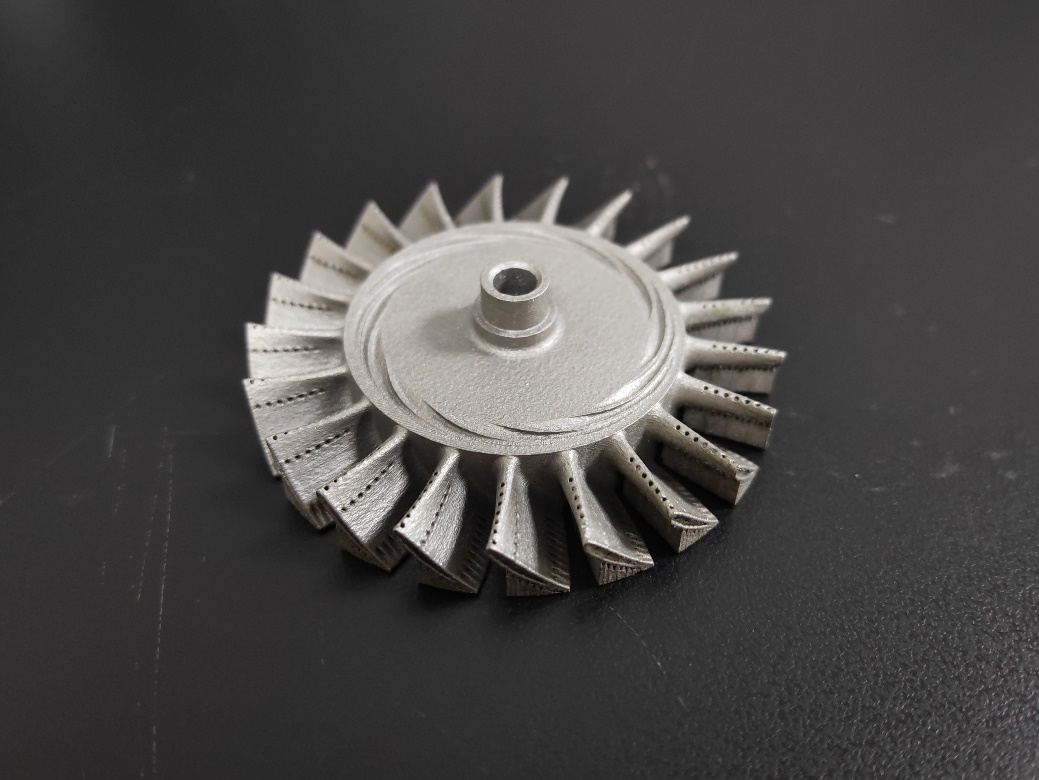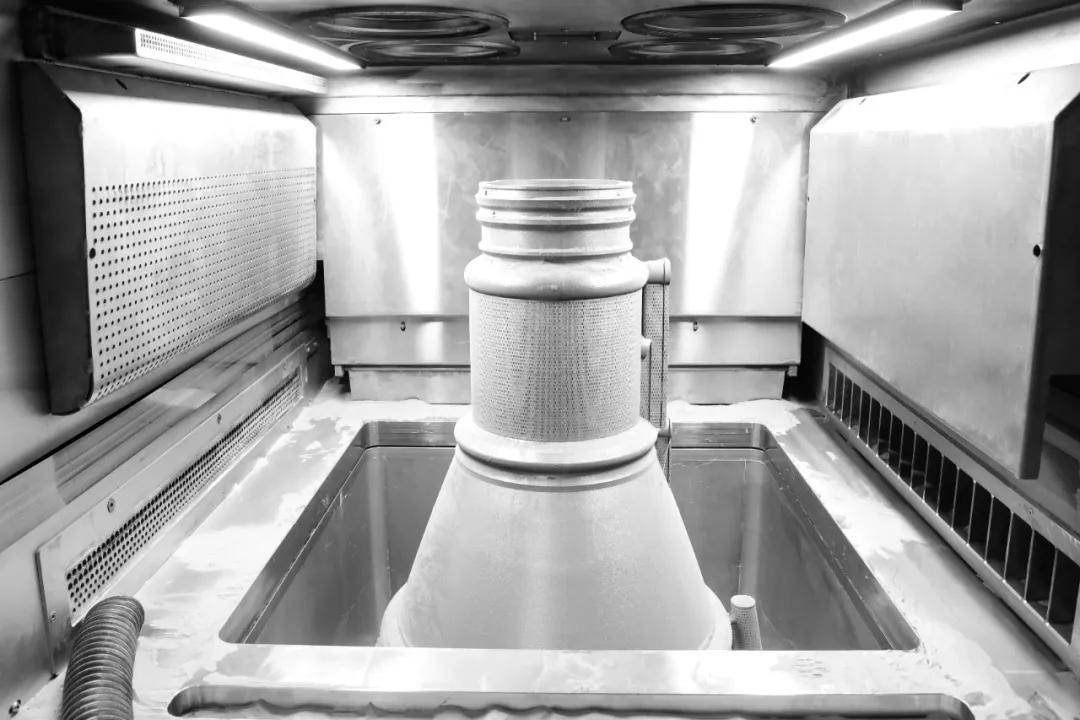What are the key benefits of titanium 3D printing over traditional manufacturing methods?
What Are the Key Benefits of Titanium 3D Printing Over Traditional Manufacturing Methods?
1. Complex Geometry and Lightweight Design
Titanium 3D printing enables the creation of geometrically complex and weight-optimized components that are extremely difficult or impossible to produce with subtractive or casting methods. Lattice structures, internal cooling channels, and topology-optimized parts can be fabricated in a single step using Powder Bed Fusion, eliminating the need for assembly or multi-part joining. This is especially beneficial in aerospace and medical applications where high strength-to-weight ratios are essential.
2. No Tooling or Mold Requirements
Unlike traditional casting or machining, 3D printing builds titanium parts directly from a digital file, requiring no custom tooling, dies, or jigs. This drastically reduces upfront costs and lead times for low-volume production, prototyping, or custom one-off parts such as implants, structural brackets, or UAV components.
3. Excellent Material Efficiency
Titanium is expensive and difficult to machine due to its toughness and low thermal conductivity. Traditional processes often result in high material waste during subtractive manufacturing. In contrast, titanium 3D printing uses near-net-shape fabrication, minimizing waste and maximizing material usage—especially critical when using alloys like Ti-6Al-4V, Ti-6Al-4V ELI, or Ti-6Al-7Nb.
4. Superior Biocompatibility and Customization
Titanium’s corrosion resistance and biocompatibility make it ideal for orthopedic and dental implants. Additive manufacturing allows for patient-specific designs with tailored porosity and surface texture to enhance osseointegration. 3D printing also enables fast turnaround for patient-matched implants, surgical guides, or cranial reconstructions in the medical field.
5. Faster Prototyping and Shorter Lead Time
Titanium 3D printing enables rapid iteration without retooling, making it ideal for design optimization, testing, and functional prototyping. Engineers in automotive, aerospace, and R&D can evaluate multiple design versions within days instead of weeks, reducing overall development cycles.
6. Tailored Mechanical Properties via Post-Processing
Printed titanium parts can be optimized through heat treatment and Hot Isostatic Pressing (HIP) to improve density, eliminate residual stress, and enhance fatigue strength—making them comparable or superior to traditionally forged or machined components.
Recommended Titanium 3D Printing Services
Neway offers advanced solutions for titanium parts across industries:
Ti-6Al-4V (Grade 5): For aerospace, medical, and structural use
Ti-6Al-4V ELI (Grade 23): For implants and surgical devices
Ti-6Al-7Nb: For high-performance biocompatible parts
CNC Machining: For finishing and precision interfaces
Heat Treatment and HIP: For microstructure control and performance optimization



